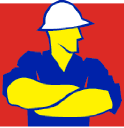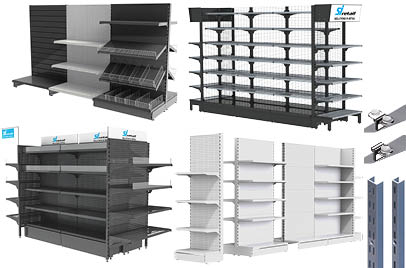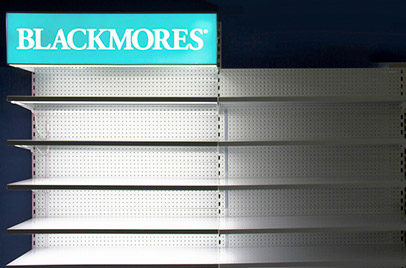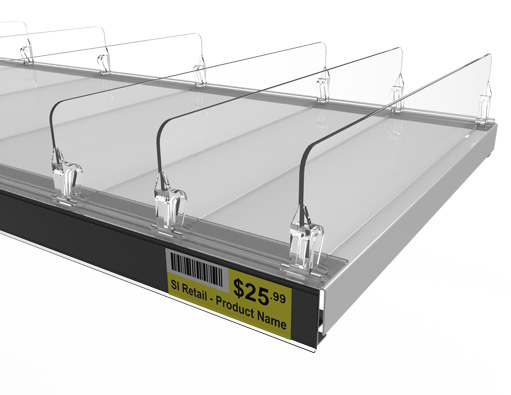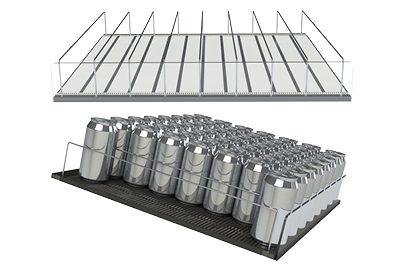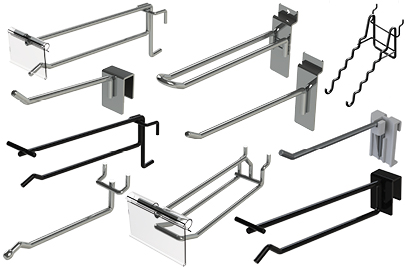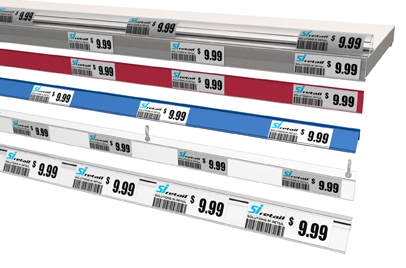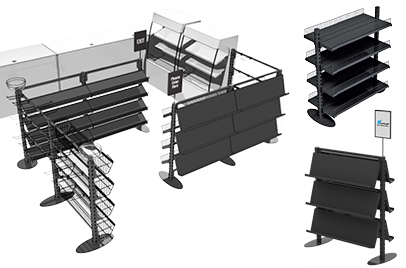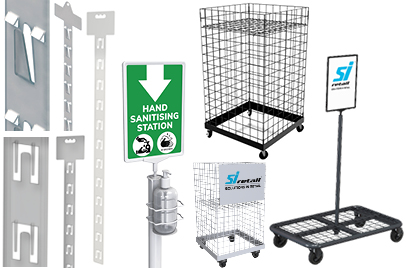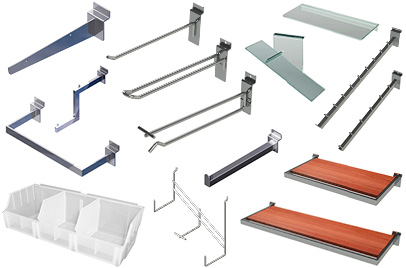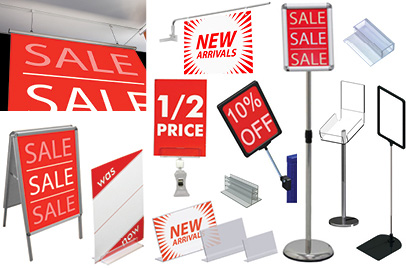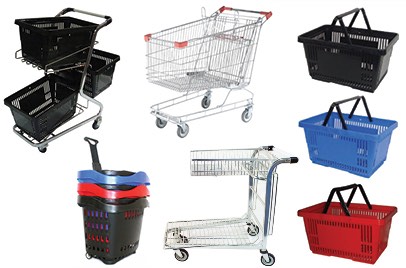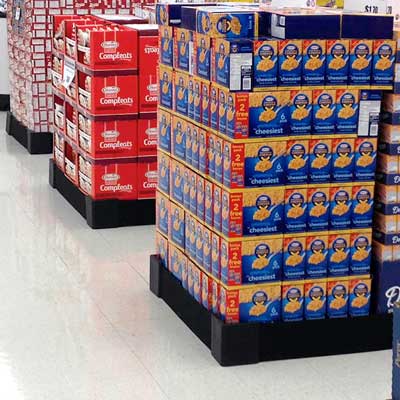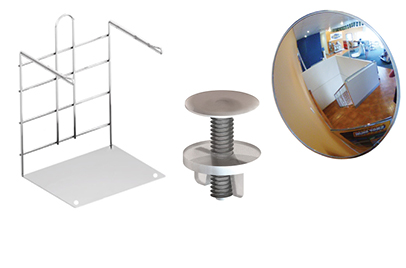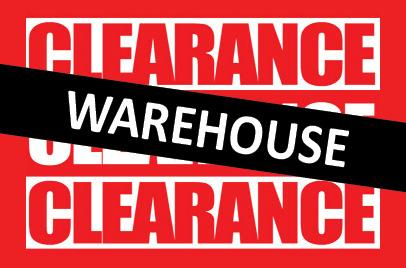Increasing Shelf Efficiency In Your Retail Store
Product placement in your store is one of the best ways to increase sales for FREE. For instance, moving a product from the bottom shelf to the eye-level shelf has proven to increases sales by as much as 87%.
To start I would suggest that you take your shelves and split them into four distinctive levels, and then organize your products on them accordingly, starting with:
1. Lower Level, up to 3 feet from the floor up.
When you consider placement of products at this level realize that it is a level that people will easily overlook when they are browsing your isles (especially if your isles are tight), and so you have a choice of two things that you want to place here to maximize sales.
- Larger items that are harder to miss
- Anchor products (both primary and secondary)
Ideally items that people will be looking for specifically, will work the best here. Realize also that you might have some labeling size constraints. Make sure that whatever products you place at this level the labels are large enough for people to see what they are, without having to go down on their haunches.
2. Middle Level (3 feet to 5 feet)
Chances are that most people have this section of your shelves in their main view, even if they are fairly close to the shelves. This means that any products that are less important, but you would like to get high visibility for, should be placed at this level. This is a great area for placing small label items as well.
3. Main Level (5 feet o 6 feet)
This is without a doubt the most visible section of your shelves, and if planned well could be the best producing section of your shelves. In this section placement of "want products" will prove a good call, especially if they complement secondary anchors in the same location, at lower levels.
4. Above 6 feet
Unfortunately at this level safety of customers become a real concern and so placement of items above this level need to be very conscientiously done, taking into account that larger products have the potential to fall and cause injury. Items also become harder to reach and so this should probably be used as a display for items that are attached to the shelves, and for display purposes only. In this case large items can be put on display.
Realize however that if you intend to use this section to display items that are for sale off the shelf, you need to maintain product size and height limits, for both the safety of your staff and your customers. I would also suggest that you place items with more visible labels at this level to ensure that customers do see it.
As a last tip. Make sure to use your shelf and shelf line ends properly by using it for products that require high levels of visibility to sell. These tend to be focus points for moving customers, and more often than not properly utilizing this will make a huge difference to your ability to sell certain items.
[caption id="attachment_1116" align="alignleft" width="597"] VM: Retail Shelf placement infographic[/caption]
For the most part, when planning placement just follow some logic. Walk your isles and see what you notice. Which heights work and which do not depending on products. Do not be afraid to experiment until you find the perfect combination of size, and visibility. Let this be your guide to getting better producing shelves.
Pieter Heydenrych is the President of NetMecca, an online Retailer following a Revenue Sharing Business Model, dedicated to the creation of various income streams, including passive income streams for members. To get your share, go to: http://www.netmecca.net
Article Source: [http://EzineArticles.com/?Increasing-Shelf-Efficiency-In-Your-Retail-Store&id=7876489] Increasing Shelf Efficiency In Your Retail Store
[mail-subscribe-list]

